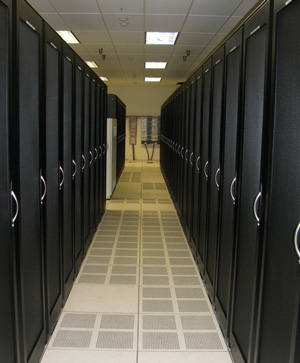Whether you’re looking for eye-catching infographics or informative smart grid presentations, odds are if you’ve Googled it the lion’s...
You are here
Sustainable data storage? The answer is within.

In 2011, we hit almost two trillion gigabytes of digital data and some say we’ll double that again next year.
Keeping all that information requires 500,000 data storage centers, chewing through 30 billion watts of electricity a year. It’s little wonder, then, that the information and communications industries produce as much CO2 as aviation. At about $300,000 per month, big storage centers are also expensive to run.
More efficient options would make a lot of environmental sense and business dollars. Enter George Church of Harvard’s Wyss Institute for Biologically Inspired Engineering. Recognizing the masses of detailed information stored in our genes, his team is investigating how to harness that capacity for digital archiving.
They’ve already successfully encoded 70 million copies of Church’s book into a minute strand of DNA. Using similar techniques, they say we could download the entire Internet into just 4 grams of the stuff.
It’s an approach that would have massive energy implications because DNA doesn’t need to be plugged in to store information. Stable and sturdy, it’s able to survive 100s of thousands of years under any earthly conditions. That means no heating or cooling is required. Imagine if we could back up all the world’s data into a vial tomorrow. We may never have to build another storage center.
Admittedly, the process needs to be streamlined before it would be viable. Encoding Church’s book was an intensive process. They first digitized it into binary 1s and 0s then converted it into the genomic language of A, T, C and G. Finally, that had to be rendered into a 3D double helix. Reading the books requires a painstaking reversal of the process.
But if we can design purpose-built DNA writing and reading technologies, this could be a great way to save information and the planet.
